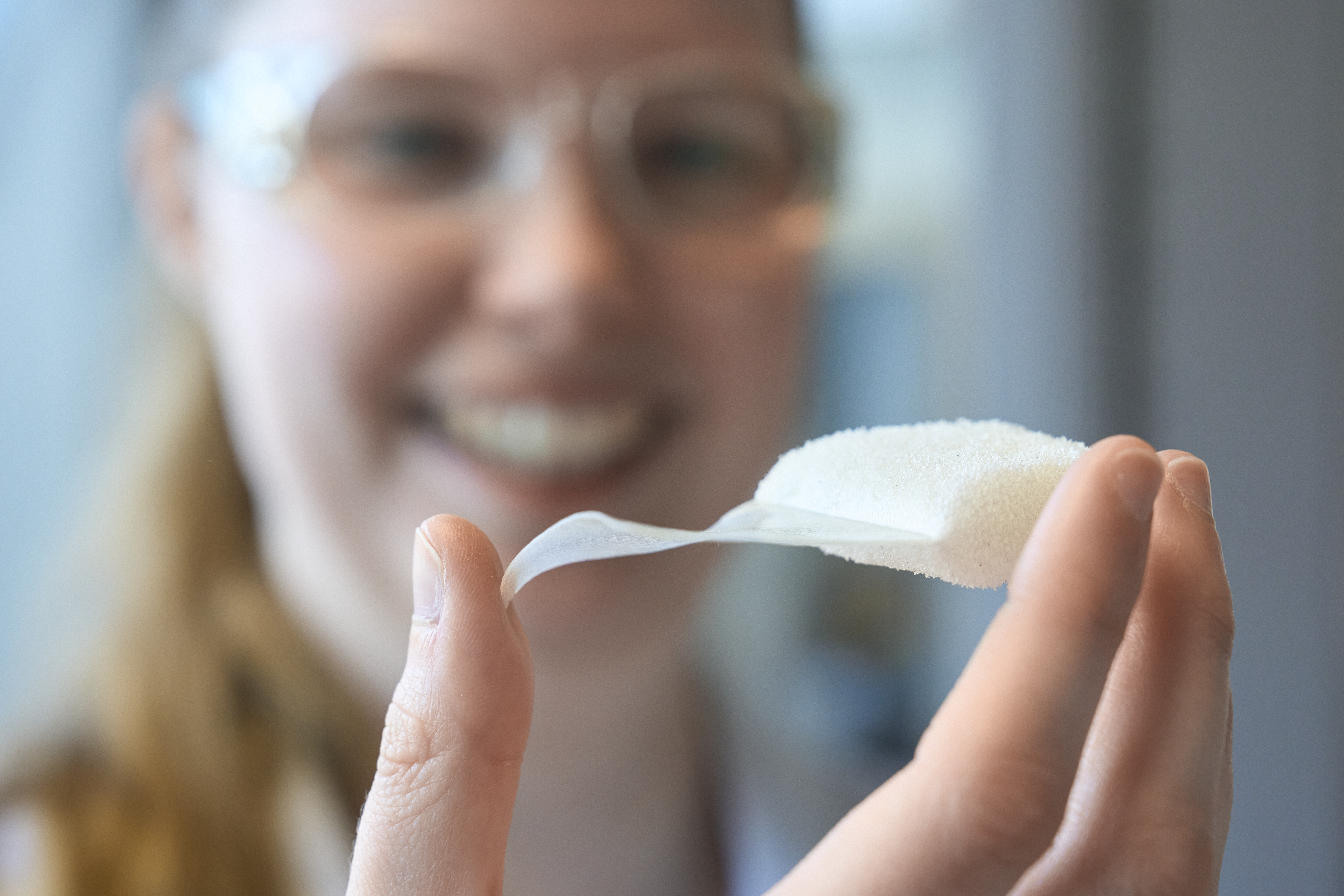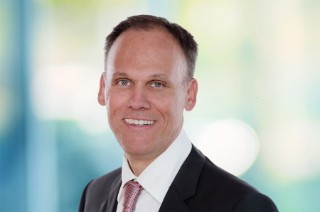Self-healing building materials using microcapsule technology
In the field of programmable material transport, 2024 saw the development of technology for the demand-driven release of active substances for the construction sector. A demonstrator was built for this purpose in collaboration with Fraunhofer IWU. If masonry gets damaged and cracks, microcapsules can release a protective substance at the boundary surface. These microcapsules are specially tailored to the material, i.e., the mortar.
Sustainable lubricants
In the field of programmable friction, a concept has been developed that releases liquids electrically. Tribologically stressed coatings showed lower coefficients of friction than commercially available solid film lubricants. Detailed investigations were also carried out on optically switchable lubricants whose properties change when exposed to light. These are of particular interest for sheet metal forming. An oil-miscible switching material based on castor oil has also been successfully synthesized. This renewable, environmentally friendly raw material source represents an important milestone since base oils for lubricant formulations used in forming are normally based on hydrophobic mineral oils.
Self-sufficient system that protects against hypothermia
A novel system has been developed in cooperation with Fraunhofer ICT that can provide protection against hypothermia in buildings, greenhouses, and even during transport processes. The system reacts autonomously to temperature changes in its environment by means of an actuator element made of shape memory polymers which contracts when heated and expands when cooled. The crystal nuclei attached to it are extracted from a switchable phase change material as part of a regeneration process and brought back into contact with the phase change material at lower temperatures. This results in a controlled release of heat. Provided that successful scaling can be achieved, such systems could ensure that the ambient temperature in residential buildings, for example, does not fall below a predefined threshold value, which is essentially determined by the lower trigger temperature of the shape memory polymer.
Cooperation with industry has been further advanced in order to strengthen the application relevance of programmable materials. Application scenarios were discussed with industrial customers during the so-called Serendipity Days. These took place against the backdrop of plans to extend the cluster beyond 2026 as an independent cooperation project of several Fraunhofer institutes in accordance with the Fraunhofer research and financing model.

